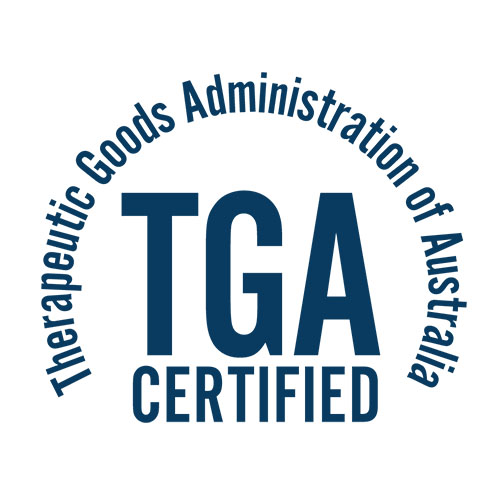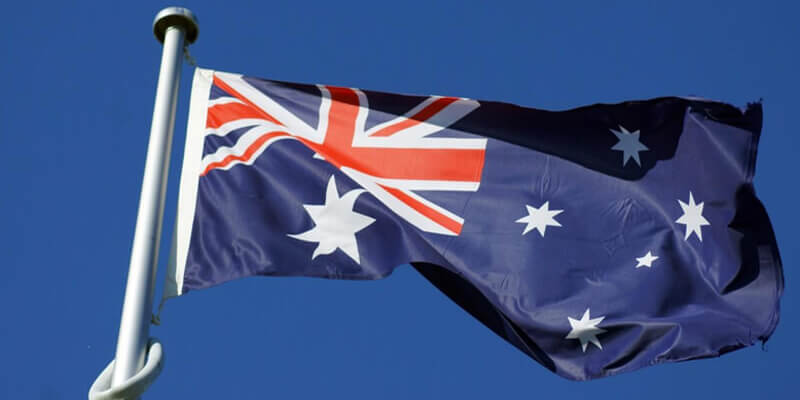The Therapeutic Goods Administration (TGA), the Australian regulating authority in the sphere of medical devices has published detailed guidelines dedicated to sponsorship with regard to placing medical devices on the Australian market.

Regulatory Background
According to the guidelines, a sponsor is a natural or legal person who in the course of business activity performs at least some of the following:
- Exporting medical devices,
- Importing medical devices,
- Manufacturing medical devices either for further expiring or for marketing on the domestic market,
- Assists in exporting, importing, or manufacturing medical devices.
The authority also states that the general definition of a sponsor is set forth in the Therapeutic Goods Act 1989, one of the country’s main regulations in the sphere of medical devices.
Under the general rule, a sponsor is a party that will be responsible for a medical device upon its inclusion in the Australian Register of Therapeutic Goods (ARTG), the Australian nation register of medical devices and other medicinal products. Any and all medical devices should be included in the ARTG in order to be allowed to be marketed and used in Australia. Moreover, a sponsor should be either conduct business itself or act as a local representative of a foreign medical device manufacturer.

Sponsorship in Australia: Key Points
The guidelines published by the TGA describe the procedures the interested party shall follow, as well as the applicable requirements to be met. First of all, the regulating authority states that all the requirements are initially implemented in order to ensure that medical devices allowed to be marketed and used in Australia are safe and performing as intended when used for the purpose indicated by the manufacturer. Thus, the main goal of the existing regulatory framework is to ensure a sufficient level of the patients` health protection.
According to the guidelines, the one interested in placing medical devices on the Australian market shall follow the procedure which consists of several consequent steps, namely:
- Check whether the product in question constitutes a therapeutic good and thus subject to regulation by the TGA,
- Determine whether the interested party is going to act as a reseller or import or otherwise place the product on the market itself under its own name,
- Determine the particular type of the therapeutic product subject to review and familiarise with the applicable guidelines,
- Familiarise with the applicable legal requirements with regard to the medical device itself,
- Familiarise with the responsibilities of a sponsor set forth by the applicable legislation,
- Calculate the expenses to be incurred when following the appropriate regulatory procedures,
- Request additional advice from the regulating authority (when necessary).
The TGA explains that in certain cases, therapeutic products one intends to import are already included in the ARTG by someone else. In such a situation, an interested party may either contact the responsible person and agree on the terms of cooperation with regard to reselling the devices or apply for inclusion of a new entry in the ARTG in order to be allowed to import and market medical devices itself. The same procedure should be followed in the case of entirely new medical devices that have not been marketed in Australia before.
As it was already mentioned before, medical devices of all types (except certain exclusions) should be registered in the national register of therapeutic products. The scope of this rule also covers over-the-counter, custom-made, in vitro diagnostic, and other medical devices, including the low-risk ones. It is important to mention that in some cases, medical devices could be used without registration. For example, in-house medical devices designed, manufactured, and used by health institutions–providing that all operations including the actual use are performed by the same institution. On the other hand, any marketing activities which constitute the actual making the medical device available for the broad public require additional authorization.
The TGA additionally emphasizes the importance of compliance with the applicable safety and performance requirements. According to the applicable legislation, a sponsor shall provide the evidence sufficient to demonstrate that the medical device subject to review meets the respective requirements. It is also necessary to provide such confirmation for any and all statements made by the manufacturer and indicated in the labeling, instructions for use, or other documentation supplied with the medical device. As it is stated in the guidelines, a sponsor shall familiarise with the applicable requirements the medical device shall meet and provide all necessary documentation and information the regulating authority may need to assess the case.
As it was already mentioned before, the current legislation prescribes certain responsibilities a sponsor shall take into consideration. These responsibilities include, inter alia, the following ones:
- Record keeping and holding the necessary information about the medical device itself, as well as its functions, features, clinical benefits, and manufacturing process,
- Provide the regulating authority with all necessary information upon request,
- Achieve and sustain compliance with the applicable requirements in the sphere of advertising,
- Duly notify the regulating authority of any and all incidents, adverse events, or problems that occurred with the medical device a sponsor is responsible for, and also of all the actions taken to address the consequences and ensure the safety of patients.
According to the guidelines, the main regulations establishing the responsibilities of a sponsor are the Therapeutic Goods Act 1989 and the Therapeutic Goods Advertising Code.
The TGA additionally states that a sponsor may incur the expenses associated with the regulatory procedures described herein. All information about the fees payable by a sponsor could be found on the official TGA website. It is important to mention that the particular fees are subject to review on the annual basis, so it is the sole responsibility of a sponsor to ensure the information used is relevant. For instance, such fees could include an application fee and an annual charge.
As it is stated in the guidelines, a party interested in placing medical devices on the Australian market may contact the regulating authority and ask for advice in case if certain aspects still remain unclear.
Changes to the Sponsorship in Australia
The official guidelines on sponsorship published by the TGA also address the questions related to the changes the authority should be notified of. In particular, the TGA should be duly notified in case of:
- Change of the sponsor,
- Change in business or product ownership,
- Change of sponsor’s name.
Change notification requirements are initially intended to ensure the information kept in the appropriate entries in the national register of therapeutic products is relevant and up-to-date at any moment of time within the whole period the medical device in question is available for healthcare professionals and patients. Thus, a sponsor is responsible for updating the information in a timely manner.
Summarizing the information provided here above, the official guidelines published by the TGA describe the procedures an interested party shall follow in order to obtain permission for placing medical devices on the Australian market. In particular, the guidelines outline the responsibilities of the sponsors and the most important aspects to be considered.
How Can RegDesk Help?
RegDesk is a next-generation web-based software for medical device and IVD companies. Our cutting-edge platform uses machine learning to provide regulatory intelligence, application preparation, submission, and approvals management globally. Our clients also have access to our network of over 4000 compliance experts worldwide to obtain verification on critical questions. Applications that normally take 6 months to prepare can now be prepared within 6 days using RegDesk Dash(TM). Global expansion has never been this simple.
Sources:
https://www.tga.gov.au/role-sponsor
https://www.tga.gov.au/summary-supplying-therapeutic-goods-australia
https://www.tga.gov.au/changes-sponsorship-therapeutic-goods-0

